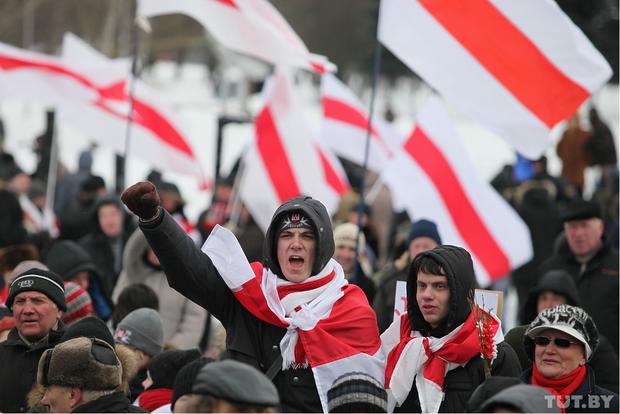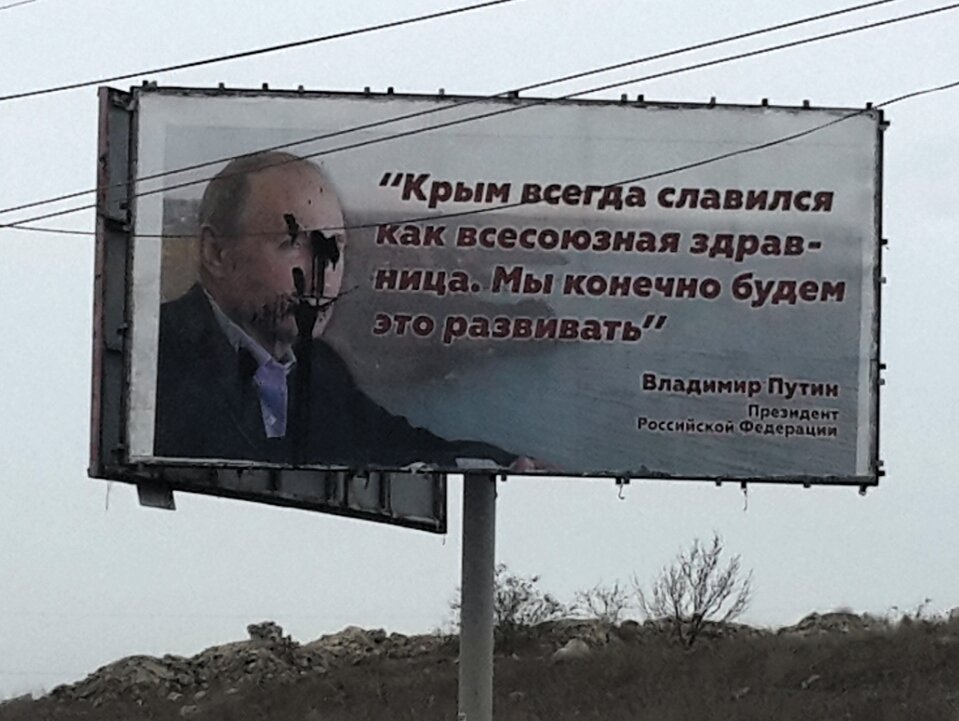Protests are ongoing for the seventh month, and the word "freedom" has attained a special ring: amid an intensifying regime crackdown, human rights organizations have declared at least 285 people political prisoners.
Ahead of the important date, we would like to remind our readers of the history of the short-lived Belarusian People's Republic, which was later engulfed by the USSR, suffering a fate similar to Ukraine's attempts to establish an independent state. Here we republish an overview published by Belsat and translated by Voice of Belarus.
How was the Belarusian People’s Republic established? Why are the white-red-white flag and Pahonia the national symbols of Belarus? Why did this historical date become the day of protest actions? And how did the protests turn into a concert?
There had been talks about independent Belarus since the 19th century
The idea of creating an independent Belarusian state emerged in the middle of the 19th century. The patriotic nobles tried to achieve it during the 1863 uprising. However, the revolt was brutally suppressed, its leaders were executed, and the repressions of the Russian tsarist military had repulsed the progressive youth from fighting for the creation of their own state for a long time.
In the early 20th century, the national Belarusian forces stepped up their activities. The young intelligentsia began to organize patriotic societies. In 1903, the first political party named the Belarusian Socialist Assembly was established. In 1906, the first issue of the “Nasha Niva” newspaper was published. Taken together, these two events helped significantly to spread the idea of independence among Belarusians. The February Revolution and the overthrow of the tsarist regime gave Belarusians a chance to create an independent state.
The Bolsheviks did not want Belarus to be independent
In the summer of 1917, Belarusian leaders began to seek the autonomy of Belarus within Russia. But events in October changed the plans: the Bolsheviks overthrew the provisional government and soon occupied Minsk. They refused to negotiate with the national elites and violently dispersed the First All-Belarusian Congress where Belarusians wanted to determine their own fate.
Yet the Bolsheviks could not keep the power in their hands. The Belarusian national elites united with the Polish patriots, of whom there were quite a few in Minsk and on the territory of modern Belarus. Between 19 and 21 February 1918, Belarusian and Polish volunteer troops expelled the Bolsheviks from Minsk as German troops proceeded with their offensive. On 21 February, the executive committee of the Rada (Council) of the First All-Belarusian Congress passed the First Constituent Charter
directed to the peoples of Belarus, declaring itself a provisional government on the Belarusian lands. That was the first mention of an independent state rather than an autonomy.

Source: BELSAT
On 9 March, the Second Constituent Charter was issued. On 25 March, the Third Constituent Charter of the Belarusian People’s Republic followed with the independence declaration and specification of the BPR territories.

Source: BELSAT
The white-red-white flag and Pahonia coat of arms became symbols of the state.

Source: BELSAT
Due to the German occupation of the Belarusian lands, the dream of the national elites became a reality.

Source: BELSAT
Denial of international recognition
International recognition was the first serious problem for the BPR. Noone in the world had ever heard of Belarus before. Ukrainians were the first to recognize the independence of the country and to begin close cooperation with the government of the BPR. The independence was only formal since imperial Germany whose troops occupied the territory did not recognize it. The BPR leadership even wrote a letter to the German Kaiser asking for recognition of the state’s independence. There was no result.
The head of the People’s Secretariat of the BPR, Jazep Varonka,
wrote on this matter:
… the superhuman efforts of Belarusian leaders to establish Belarus at least among small states and achieve independence recognition of the Belarusian People’s Republic have led nowhere.
The German government only agreed to fund cultural projects.

Source: BELSAT
Trending Now
Soon Germany was defeated in the First World War and had to withdraw its troops from the occupied territories in accordance with an international peace agreement. The Bolsheviks moved to reclaim the lost territories. At the end of December 1918, the BPR government was forced to flee from Minsk to Hrodna, which was occupied by the Poles at that time.
One republic and two governments
On 1 January 1919, the Bolsheviks established the Soviet Socialist Republic of Belarus (SSRB) in Smolensk in opposition to the BPR. A few weeks later, the SSRB government moved to Minsk. At the same time, the disagreements within the BPR government became fatal for the fragile state. In July 1920, its both Councils (Rada) left the territory of Belarus. The Supreme Rada with Anton Luckievich as its head moved to Poland. And the People’s Rada, headed by Vaclau Lastouski, moved to Kaunas.
From that moment, the BPR government has been in exile. During the Soviet-Polish war, there was another chance for Belarusians to achieve independence. But neither the raid of ataman Bułak-Bałachowicz nor the Slutsk uprising were successful.

Source: BELSAT
Between Poland and Russia
On 18 March 1921, a peace treaty was signed between Poland and Soviet Russia in Riga. Two countries divided the Belarusian lands, completely ignoring the opinion of the Belarusian people. Poland received the western part of the Belarusian lands along the Baranavichy-Slonim-Pinsk line. The Bolsheviks got the eastern part along the Minsk-Slutsk-Turau line where the Byelorussian Soviet Socialist Republic was later formed.

Source: geo-by.com
In 1924, the USSR government decided to “enlarge” the territory of the BSSR and to restitute some of the Belarusian lands. Seeing that the BSSR became the center of the development of Belarusian culture, in October 1925, the Rada of the BPR leadership in emigration transferred its power to the government of the BSSR, recognizing Minsk as the only cultural and political center of Belarus.
The Rada of the BPR still exists in exile nowadays. Ivonka Survilla is its president since 1997.
What is Freedom Day (Dzień Voli)?
The subject of the BPR was not brought up till the late 1980s when the national revival in Belarus began. Historians vied with each other to study the activities of the founding fathers of the BPR, concluding that the proclamation of the People’s Republic on 25 March 1918 was the beginning of the Belarusian statehood, and that national leaders did everything in their power to create an independent Belarusian state at that time.
This day became an important holiday for Belarusian patriots.
In the 1990s, after Aliaksandr Lukashenka came to power, this historical date took on a political connotation, and celebrations turned into street protest actions, during which Belarusians oppose the dictatorship and demand that the authorities comply with the law.
Thus, this historical date got its second name – Freedom Day (Dzień Voli).

Source: BELSAT
Until 2018, the Belarusian authorities reacted rather harshly to the 25 March rallies. The participants were detained, fined, and imprisoned. But the situation changed on the centenary of the Belarusian People’s Republic. The authorities gave permission to hold a large concert in Minsk, which was attended by about 50,000 people.
The Belarusian regime has refused to grant an official permit to hold a demonstration, and exiled opposition leader Sviatlana Tsikhanouskaya, widely believed to have won the rigged election, has refrained from calling Belarusians to the streets amid an intensifying crackdown on all dissent and a growing number of political prisoners.
Nevertheless, ahead of the date, rallies calling to go out on Freedom Day were held -- their participants concealed their faces, fearing the retribution of Lukashenka's regime.
Read also:
- An introduction to the White-Red-White flag of Belarus, and the Belarusian politics of memory
- Why are protesters in Belarus using the white-red-white flag?





